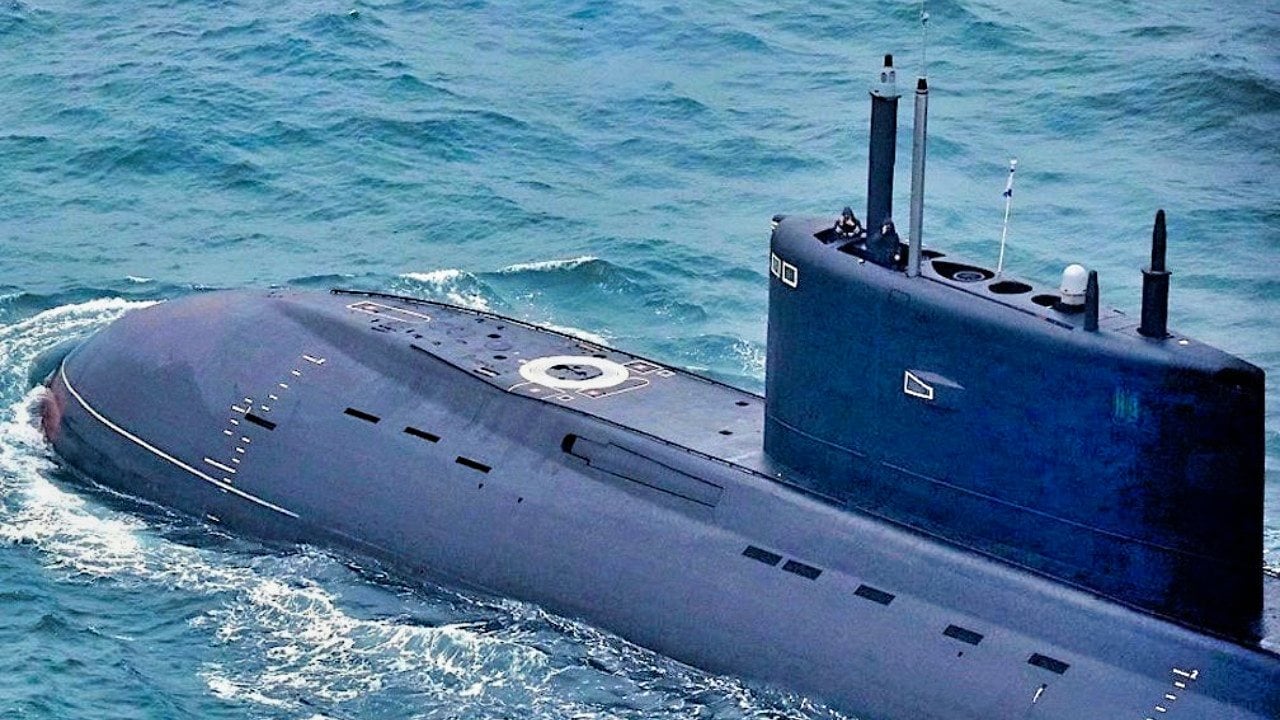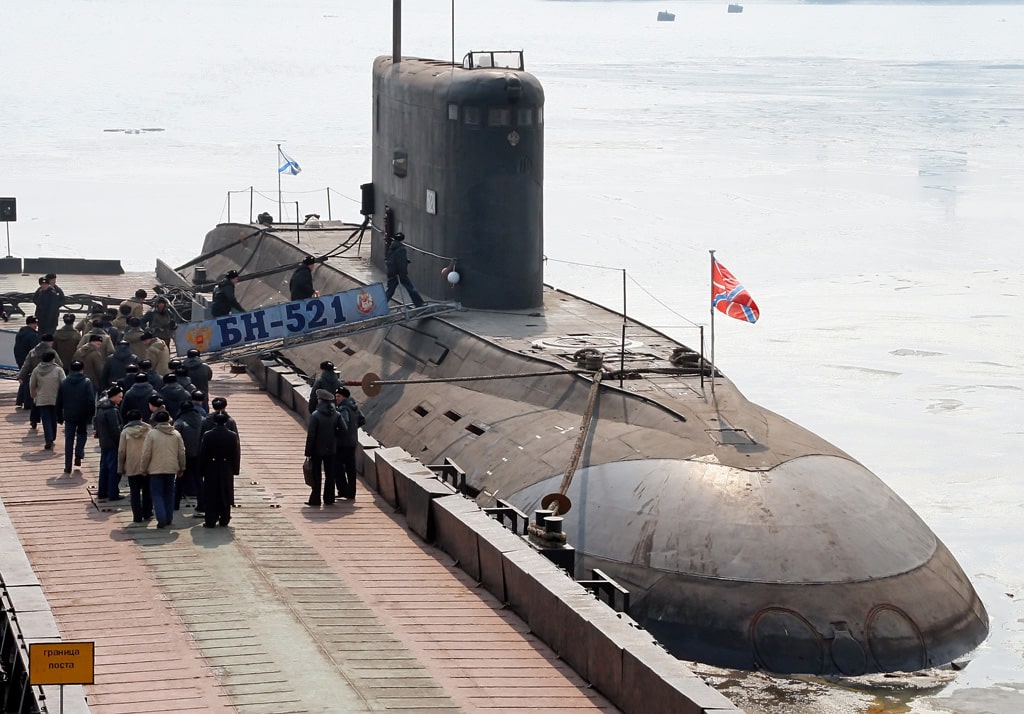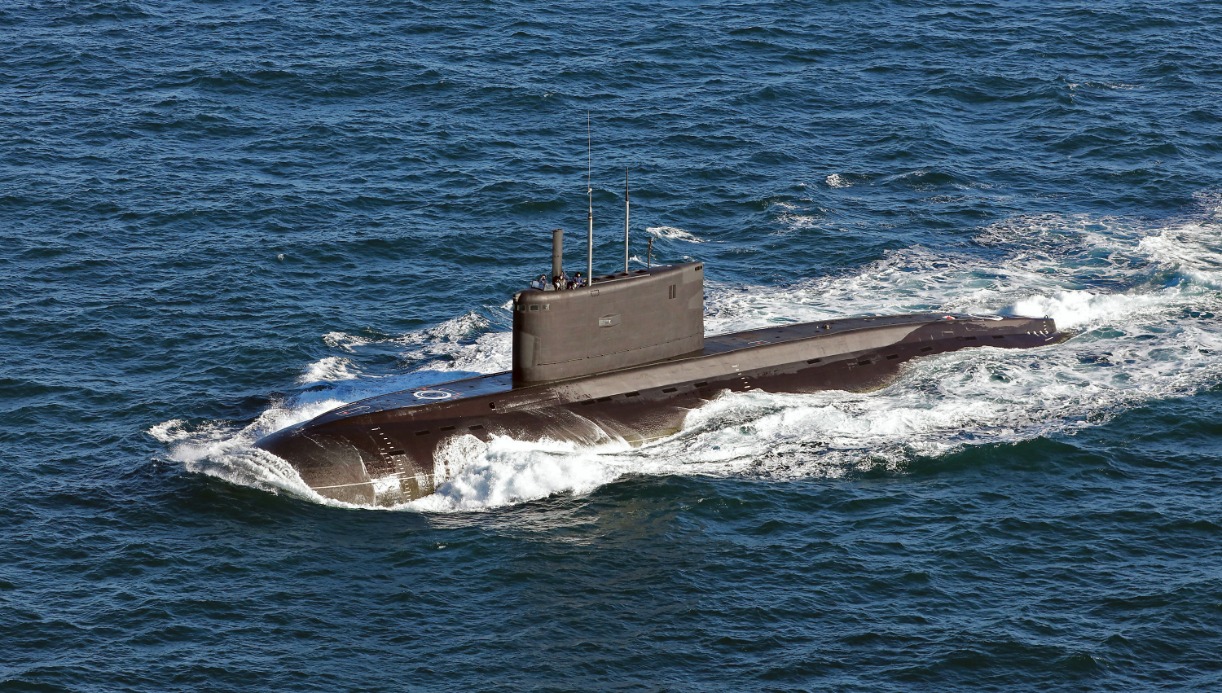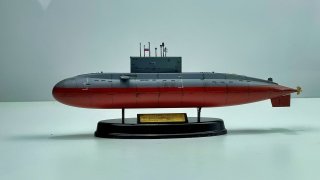Russia's Kilo-Class Is the 'Black Hole' Submarine That Keeps Getting Better
Recently, Russian attack submarines, including Kilo-class subs, conducted missions in the Irish Sea, despite legal and navigational challenges. These actions followed training exercises in the Baltic Sea, showcasing the submarines' abilities in torpedo attacks and combat maneuvers.
Summary and Key Points You Need to Know: Since the beginning of the war in February 2022, Ukraine estimates that about 15 Russian warships, or roughly a third of Russia's Black Sea Fleet, have been sunk or severely damaged. Despite these losses, Russia continues to demonstrate its naval capabilities.

-Recently, Russian attack submarines, including Kilo-class subs, conducted missions in the Irish Sea, despite legal and navigational challenges. These actions followed training exercises in the Baltic Sea, showcasing the submarines' abilities in torpedo attacks and combat maneuvers.
-The Kilo-class, developed during the Cold War, remains significant with its updated variants capable of launching advanced missiles.
Russia's Kilo-Class Subs Patrol Irish Sea Amid Ongoing Conflict
According to Ukrainian estimates, at least 15 Russian warships have been sunk or severely damaged since Moscow’s invasion began in February 2022. That is roughly a third of the country’s Black Sea Fleet.
But the Kremlin still wants to show its strength in the waters. Bloomberg News reported earlier this month that Russian attack submarines conducted missions around the Irish Sea for the second time since the war began.
According to the Telegraph, the first deployment of Russian Kilos occurred about 18 months ago.
“It would be difficult for a Russian submarine to navigate the Irish Sea without breaking international law because legally they can only travel on the surface of territorial waters," the Telegraph added. "The varying depths of the Irish Sea would make it difficult for a Russian vessel to travel in the waters submerged."
Moscow’s show of force in the region came days after its fast attack subs participated in a training exercise in the Baltic Sea. TASS, a state-run media outlet, claimed these submarines practiced a torpedo attack during the drills in addition to combat maneuvers, evading enemy assaults, and other training missions.

The latest iteration of the country’s Kilo-class subs can launch cruise missiles, torpedoes, and other weapons meant specifically to target undersea infrastructure. The Kremlin now is using its Kilo boats to show its strength extends to strategically sensitive regions.
An overview of the Kilo-class:
During the Cold War, the Kilo class was conceptualized for anti-shipping and anti-submarine operations in shallow waters. Over the last four decades, more than 70 Kilo-class boats were built, and many remain in service with navies across the globe. This Soviet-era class first entered service in 1980 under the designation Project 877 Paltus. The vessels have undergone several retrofits over the years to incorporate new technologies.
How Newer Kilo Variants Compare
Kilo II submarines entered service in the 1990s. They were longer and quieter, with greater propulsion. Over the next decade or so, Kilo Project 636.3 ships were developed, often referred to as the Improved Kilo II class. The lead ship of this newer class of Kilos, Novorossiysk, entered construction in 2010. Since Novorossiysk joined the Black Sea Fleet, six sister ships have been ordered and are expected to commission through 2025.
Both the Kilo I and Kilo II-class boats can travel up to 17 knots when submerged. As detailed by the Nuclear Threat Institute, these boats are equipped with “3M-14E land attack cruise missiles or 91RE1 antisubmarine torpedoes, six 533mm tubes with 18 torpedoes, and Club-S missiles (NATO: SS-NX-27 Alfa) which can have supersonic 3M-54E or subsonic 3M-54EI anti-ship missiles. In lieu of torpedoes, these vessels can carry 24 mines.” The Kaibr family of cruise missiles can carry warheads with up to 1,100 pounds of explosives, or even thermonuclear warheads.

Unlike more modern vessels and American-made submarines that use nuclear power plants for energy, the Kilo boats still rely on diesel-electric. This is a big shortcoming of the fast-attack class, since Kilo boats only have a 45-day endurance at sea. However, since Moscow primarily uses its Kilo boats to patrol nearby waters, the class’s range works for the Kremlin.
Despite the Black Sea Fleet’s losses over the last couple years, Russia’s submarine prowess should not be underestimated. The Kilo class may be aging, but recent iterations are more deadly than ever.
About the Author: Defense Expert Maya Carlin
Maya Carlin, National Security Writer with The National Interest, is an analyst with the Center for Security Policy and a former Anna Sobol Levy Fellow at IDC Herzliya in Israel. She has by-lines in many publications, including The National Interest, Jerusalem Post, and Times of Israel. You can follow her on Twitter: @MayaCarlin.
All images are Creative Commons and/or Shutterstock.


